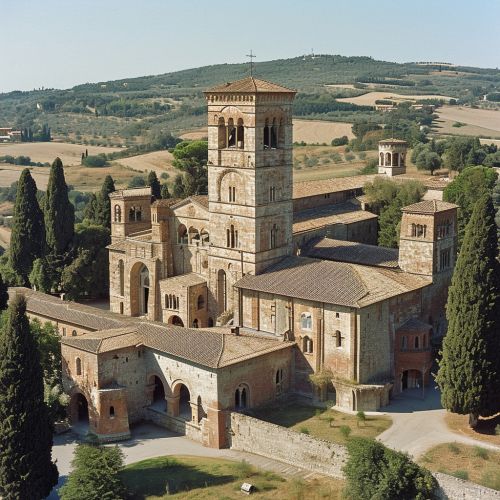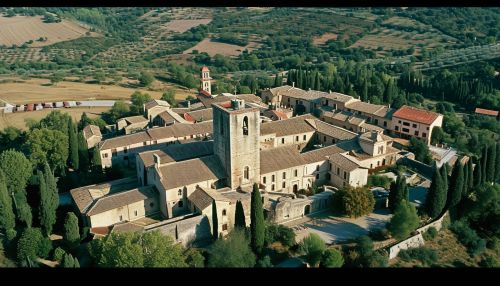Augustine of Canterbury
Early Life and Mission to England
Augustine of Canterbury, also known as Saint Augustine, was a Benedictine who became the first Archbishop of Canterbury in the year 597. He is considered one of the most important figures in the history of the Church of England, and his mission to England marked a pivotal moment in the spread of Christianity throughout Britain.


Augustine was likely born in the early 6th century, although the exact date and location of his birth are not known. He was a monk at the Monastery of St. Andrew in Rome, where he was noticed by Pope Gregory the Great. Impressed by Augustine's piety and learning, Gregory chose him to lead a mission to the Anglo-Saxons in England, who had been largely pagan since the decline of Roman rule.
Journey to England and Conversion of King Æthelberht
Augustine set out for England in 596 with a group of about 40 monks. They landed in the Kingdom of Kent, where they were received by King Æthelberht. The king, although a pagan, was married to a Christian princess named Bertha, and he allowed Augustine and his monks to preach freely in his kingdom.
Augustine's mission was successful, and King Æthelberht himself was baptized on Pentecost in 597. This event marked a significant turning point in the Christianization of England, as Æthelberht's conversion encouraged many of his subjects to accept Christianity as well.
Establishment of the See of Canterbury
Following the conversion of King Æthelberht, Augustine established his episcopal see in Canterbury, the capital of the Kingdom of Kent. He built a church and a monastery, which became the Canterbury Cathedral and the Monastery of St. Peter and St. Paul, respectively. These institutions played a crucial role in the religious and cultural life of England for centuries to come.


In 601, Pope Gregory the Great formally appointed Augustine as the Archbishop of Canterbury, making him the spiritual leader of the English Church. Augustine used his position to further the cause of Christianity in England, ordaining new bishops and establishing new dioceses.
Later Life and Legacy
Augustine served as the Archbishop of Canterbury until his death on 26 May 604. His mission to England and his efforts to spread Christianity have left a lasting legacy. He is venerated as a saint in the Roman Catholic Church, the Anglican Communion, and the Eastern Orthodox Church.
Augustine's work laid the foundation for the Christianization of England, and his establishment of the See of Canterbury marked the beginning of a continuous line of archbishops that continues to this day. His mission played a crucial role in shaping the religious, cultural, and political landscape of England.
